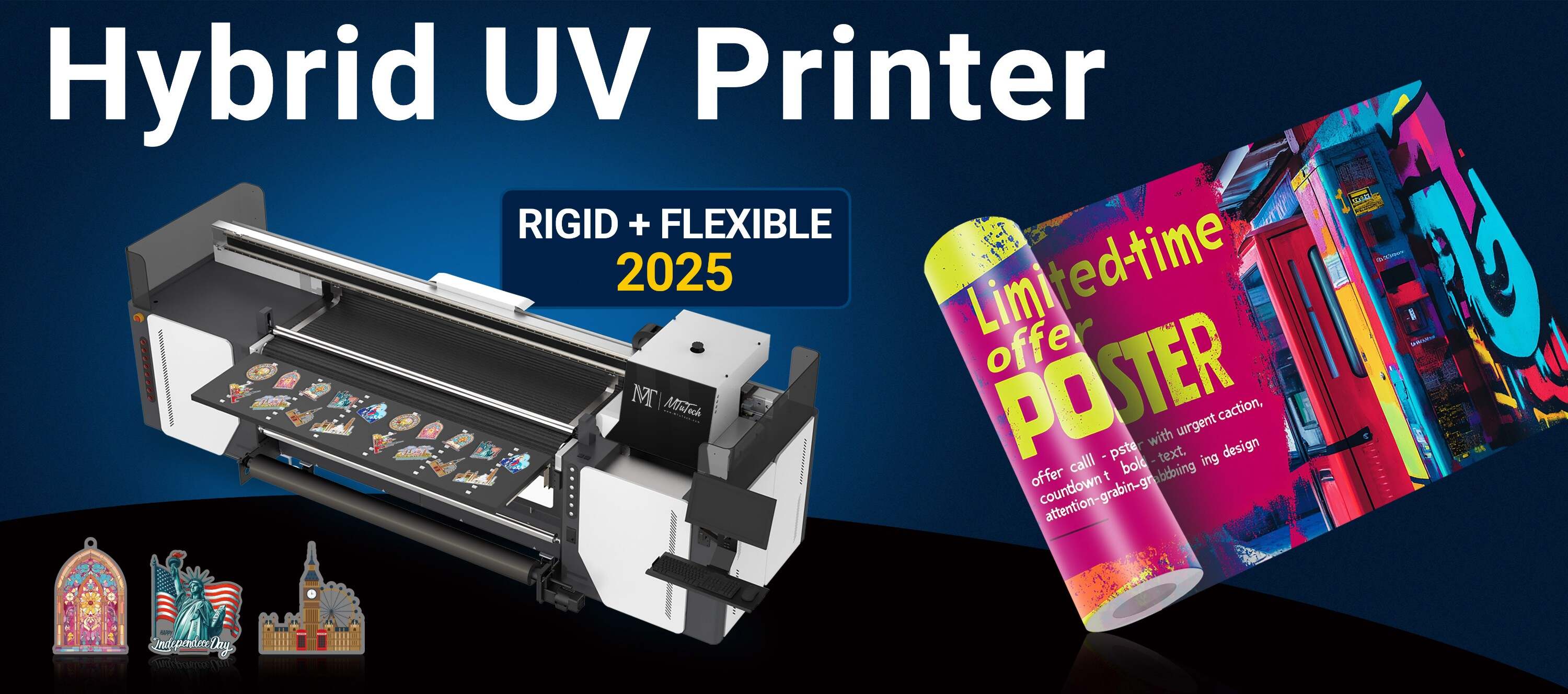 Layered UV printing is one of the most powerful techniques for adding depth, texture, and dimensionality to your designs. Whether you’re creating raised effects, spot varnish, or multi-pass prints, layering with UV printers lets you go beyond flat prints into a realm of tactile customization.
Layered UV printing is one of the most powerful techniques for adding depth, texture, and dimensionality to your designs. Whether you’re creating raised effects, spot varnish, or multi-pass prints, layering with UV printers lets you go beyond flat prints into a realm of tactile customization.
What Is Layered UV Printing?
Layered UV printing involves printing multiple layers of ink (CMYK and/or varnish) in specific sequences to create raised, embossed, or textured effects. It is commonly used in:
• Packaging
• Signage
• Business cards
• Premium product labels
Benefits of Layered UV Prints
• Enhanced visual depth
• Unique tactile feel
• Better light reflection (great for branding)
• Luxury product appeal
• Competitive edge over traditional flat prints
Key Elements for Layered Printing Success
1. Printer Capability : Not all UV printers support layered printing. Look for models with multi-pass functionality and varnish ink compatibility.
2. Design File Setup : You’ll need separate layers for base color, white ink, and varnish. Use vector design tools like Adobe Illustrator or CorelDRAW to define these precisely.
3. RIP Software Configuration : Proper layering requires accurate RIP settings. Ensure white and varnish layers are correctly interpreted and sequenced.
4. Material Choice : Smooth substrates like acrylic, metal, and PVC yield better results than textured or absorbent materials.
Applications That Pop with Layering
• Textured backgrounds on luxury invites
• Raised logos on business cards
• Glossy highlights over matte finishes
• Braille or readable raised text for accessibility
Common Mistakes to Avoid
• Over-layering that causes smudging or uneven curing
• Poor registration leading to misalignment
• Using incompatible materials without primer
Want to explore advanced layering features and premium results? [Click here](https://www.mtutech.com/HybridPrinter2000/HybridUVPrinterMT-UV2000HR-1014.html) to learn more about MTuTech’s hybrid UV printers designed for multi-layer precision and creativity.
